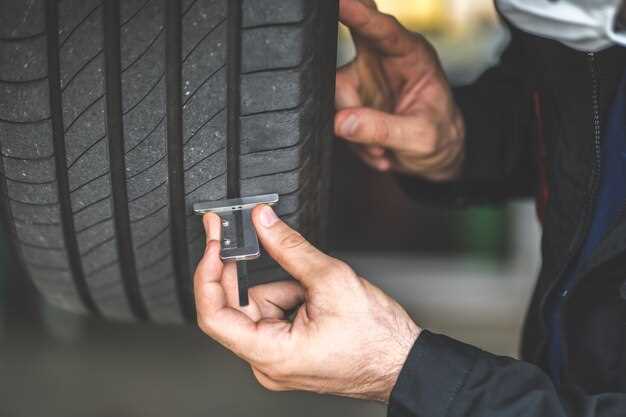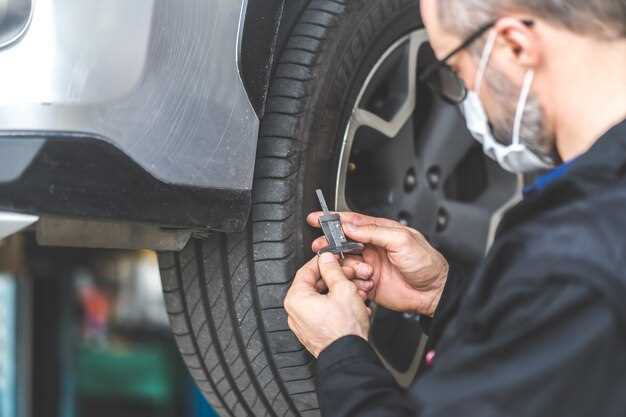
Why wheel alignment matters for safe driving
- Dominique Kaye
- 0
- Posted on

Maintaining proper wheel alignment is crucial for ensuring the safety of drivers and passengers alike. Misaligned wheels can lead to several issues that not only compromise vehicle performance but also increase the risk of accidents. Understanding the importance of wheel alignment is essential for any responsible driver who values safety on the road.
When the wheels of a vehicle are not aligned correctly, it can result in uneven tire wear, reduced fuel efficiency, and impaired handling. These factors can significantly affect a driver’s ability to respond to unexpected situations. Proper alignment ensures that all four wheels are pointing in the right direction, allowing for optimal control and stability while driving.
In addition to improving vehicle performance, proper wheel alignment plays a vital role in safety. A well-aligned car can navigate turns smoothly and maintain traction, reducing the likelihood of skidding or losing control. Regular checks for alignment are not just a recommendation; they are a necessity for anyone who takes their responsibility as a driver seriously.
How Improper Wheel Alignment Affects Vehicle Handling

Improper wheel alignment can significantly compromise vehicle handling, leading to a variety of safety issues. When the wheels are not properly aligned, they may point in different directions, causing the vehicle to pull to one side. This lateral drift places additional stress on steering components, making it harder to maintain control, especially during emergency maneuvers.
In addition to affecting steering, misaligned wheels can influence tire wear patterns. Uneven tire wear not only reduces the lifespan of the tires but also impacts traction and grip. Tires that are worn unevenly can lead to reduced stability during cornering and braking, further jeopardizing safety. Drivers may experience difficulty in handling the vehicle, particularly in adverse weather conditions, increasing the risk of accidents.
Moreover, poor alignment can lead to an increase in fuel consumption. When wheels are not aligned, the vehicle must expend more energy to travel straight, resulting in decreased fuel efficiency. This not only affects the wallet but also contributes to environmental concerns.
In summary, proper alignment is crucial for ensuring safe vehicle handling. Regular checks and adjustments can help maintain alignment, enhance safety, and ultimately provide a smoother driving experience.
Signs Your Vehicle Needs Wheel Alignment Adjustments
Proper wheel alignment is essential for maintaining vehicle performance and safety. If your vehicle exhibits any of the following signs, it may be time for alignment adjustments.
One common indication is uneven tire wear. Inspect your tires regularly; if one side shows more wear than the other, it signals potential misalignment. This uneven wear can lead to premature tire replacement, increasing overall costs.
Another sign is the vehicle pulling to one side while driving. If you find yourself constantly adjusting the steering wheel to keep your car straight, it indicates that the wheels may not be aligned correctly. This can create an unsafe driving experience, especially at higher speeds.
Steering wheel vibration is also a critical indicator. If you feel consistent vibrations through the steering wheel, it could mean that your wheels are out of alignment. This issue can compromise handling and make driving more difficult.
Additionally, a crooked steering wheel when driving straight is a clear sign of misalignment. If your steering wheel is off-center, the wheels may not be aligned properly, impacting overall vehicle stability.
Finally, if you notice that your vehicle’s suspension feels off or makes noises while driving over bumps, this could also suggest that the alignment is out of sync. Proper alignment ensures that your vehicle’s suspension functions optimally, providing a smoother ride.
Addressing these signs promptly can enhance your vehicle’s handling, improve safety, and extend the life of your tires. Regular maintenance and inspections are key to ensuring proper wheel alignment.
The Relationship Between Wheel Alignment and Tire Lifespan

Proper wheel alignment is essential for maximizing tire lifespan. Misaligned wheels can lead to uneven tire wear, causing certain areas of the tire to deteriorate faster than others. This uneven wear not only reduces the life of the tire but also affects the overall performance of the vehicle.
When the wheels are properly aligned, the forces exerted on the tires are distributed evenly, allowing them to maintain their shape and tread efficiently. However, alignment issues can cause the tires to work harder, generating additional heat and friction. This excessive wear can significantly decrease the time a tire remains serviceable.
Furthermore, alignment impacts the contact patch between the tire and the road surface. An improper angle can lead to a smaller area of contact, worsening grip and traction while driving. This not only compromises safety but can also contribute to quicker tire degradation as the rubber compounds experience abnormal stress.
Regularly checking and adjusting wheel alignment can prevent these problems, prolonging the lifespan of tires. Drivers should be aware of signs indicating misalignment, such as pulling to one side or uneven tread wear. Maintaining correct wheel alignment not only enhances safety but also offers cost savings in tire replacements over time.
